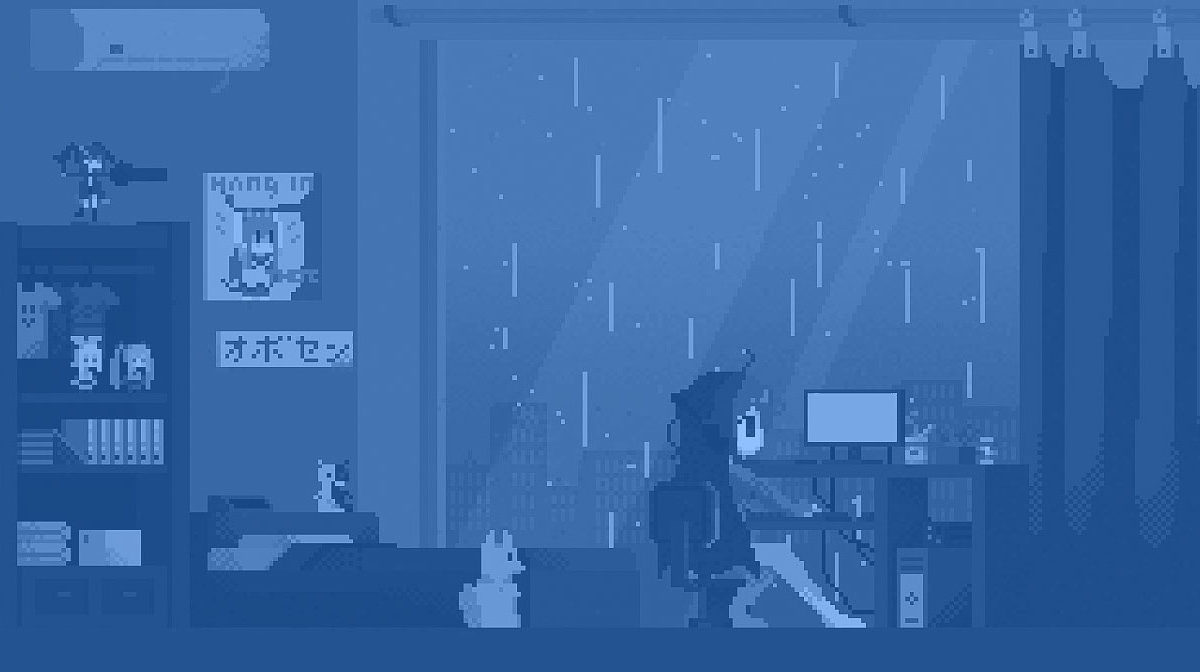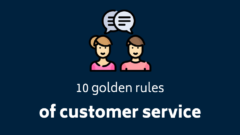After thousands of hours spent on developing your game, you want to make sure that someone will actually play it. The best way to gain recognition for your project is to release it on a platform that offers you access to your target audience. We’ve prepared this compilation of publishing platforms to help you choose the ideal channel of distribution for your indie game.
How many platforms should you publish your game on?
Well, it depends on the stage of development of your game, your budget, time, and the amount of control you wish to keep over your creation. On some platforms unfinished, but promising projects are welcome, while others are interested only in finished games. It’s not advisable to publish a game on all available platforms at once. If you don’t have a team of people who can handle the hassle of updating ten different product pages regularly, it might be overwhelming. Choose one or two platforms, focus on promotion, and test the demand before going full steam ahead.
Before the final release
If you’re struggling to find ways of bettering your game, you should get some professional feedback on it. There’s a platform created just for that, and it’s called Roast My Game. You can submit your game there for free after you give feedback to some other developer. Although it isn’t a place where you can make money on your project, it will help you gain recognition and support for it.
If you’re ready to start making money from game development, here are platforms that will make it possible:
1. Steam
Cost: $100 recoupable publishing fee for each game and the 70/30 revenue split.
Steam is the best known digital distribution platform. Publishing your game there is the easiest way to create a buzz around it.
In June 2017 Valve abandoned the idea to crowdsource their publishing choices when they shut down Steam Greenlight program to introduce Steam Direct.
Steam Greenlight turned out to be a failure because the community voting system was too easy to manipulate. In result, the platform was flooded with unfinished and substandard games, while small hard-working indie studios struggled to make their work seen.
With Steam Direct, Valve made a move towards increasing the quality of accepted games. Every game is reviewed manually so good ones are published without obstruction. The $100 fee for submitting a game is supposed to discourage ‘shovelware’ developers. Steam returns the fee after the game earns $1000 in sales or microtransactions, so it’s a further incentive to publish only well-done and playable games.
Click here to read more about Steam Direct.
2. GOG
Cost: Submitting your game on GOG is free, but the revenue split is 70/30.
GOG is a platform for you if your game is fully developed. There’s no point in sending them an alpha or beta version because they tend to be very picky. They accept only a few games monthly, so rejections are quite common – but don’t get discouraged that easily. GOG team is known for their sudden changes of mind about indie games that are gaining popularity.
The best strategy to get your game on GOG is to create a bit of hype around it before submission. Get active on forums (especially make an effort to gain support on GOG forum), build a website, and develop meaningful relationships with fans on social media. Inform people about every progress in development. This way, when the game is finished, it will already have a community of fans eager to play and buy it.
Although publishing an indie game on GOG may prove tricky, it’s worth a try. GOG takes promotion and marketing of submitted games seriously. Being featured there will definitely make your creation stand out from the crowd.
Click here to submit your game to GOG.
3. Itch.io
Cost: Submission is free and sharing revenue with the platform is optional. You can change the revenue split from default 90/10 to whatever you think is fair.
Itch.io is dedicated solely to indie games. One of the advantages of this platform is that it gives you full control over the appearance of your product page. It provides you with tools to create your own sales or bundles. There’s also an option to set only a minimum price for your game, and allow buyers to pay as much as they want. Itch.io website has the decent traffic of 13.7M visits a month and a considerable number of devoted fans, who are always ready to support promising indie devs.
Considering all that, Itch.io seems to be the best platform to self-publish an indie game. It’s free to start and allows less experienced and low-budget indie game studios to test the demand for their game before releasing it on Steam.
Click here to create developer account on Itch.io
4. Gamers Gate
Cost: Free submission and 70/30 revenue split.
Gamers Gate is a retail store with games available for download and game keys redeemable on platforms like Steam, Uplay or GOG. With Gamers Gate, you can run a pre-order for your game, publish a demo or beta version in Early Access.
Learn more by clicking here.
5. Game Jolt
Cost: Free submission and the revenue split is up to you. You can give them anything between
0-10% of your profits. Game Jolt takes 70% of ad revenues generated by your game page, and you can pocket the remaining 30%.
Game Jolt is another indie-friendly platform. Although it’s been around for ten years, it’s a bit less known than Itch.io. On Game Jolt, you are welcome to publish games in Early Access and run a devlog on the platform to get feedback and polish your project.
Earnings from your game go to your Game Jolt Wallet. You can use them to support other creators or withdraw them.
Read about how to submit your game to Game Jolt here.
No matter what stage of development your game is currently on, it’s never too early to have a publishing plan. Don’t worry If you didn’t land yourself a cosy deal with a well-known publisher. With all these channels of distribution available, it is possible to present your creation to the world by yourself and to enjoy the process.
About the author

- Elliot
- Content specialist and gaming enthusiast. Trained to be a philosopher. Interested in Deep Learning, scalability and startups.






